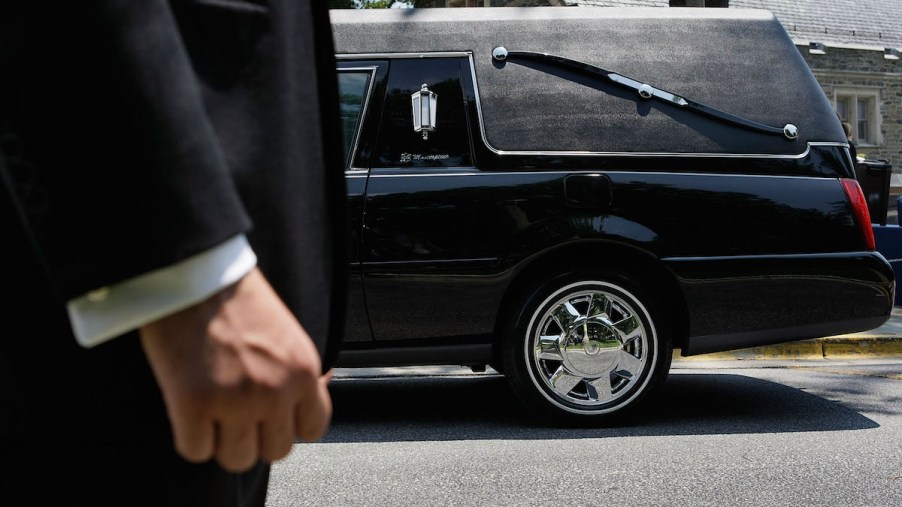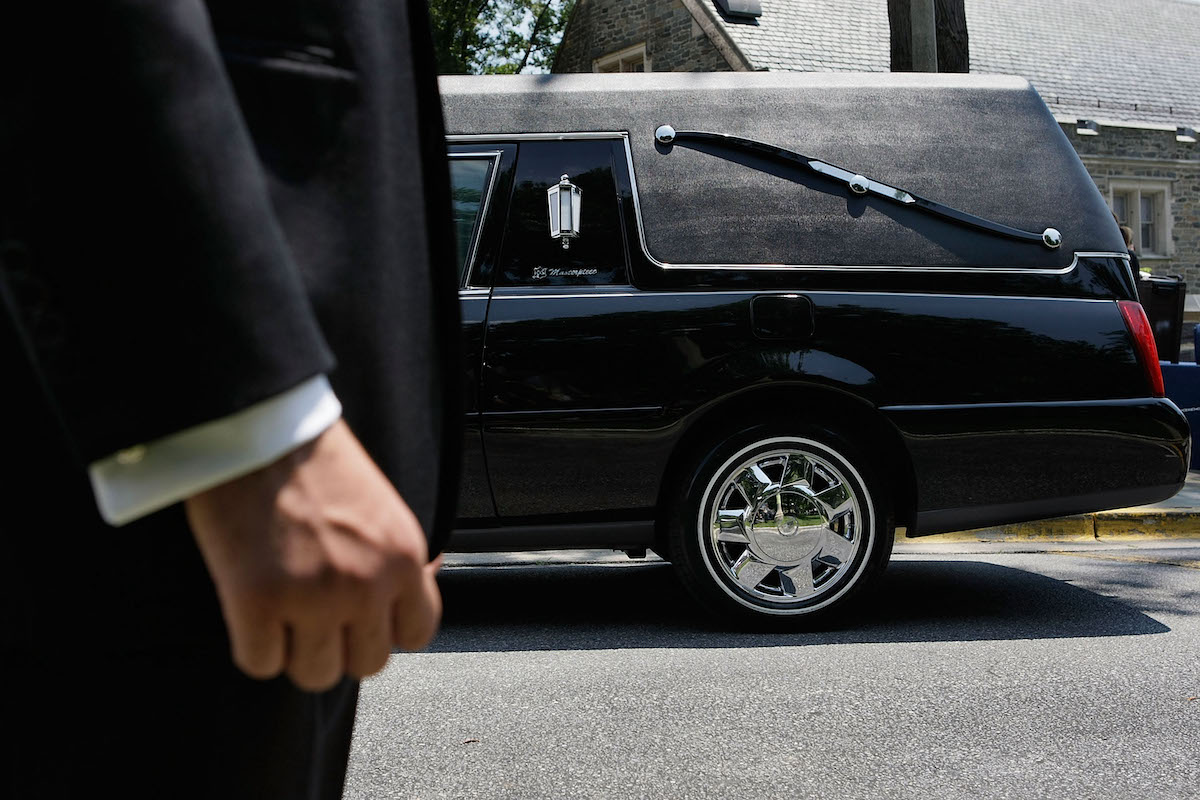
Hearses: Everything You Need to Know About Funeral Coaches
Hearses are among the more recognizable cars on the road. Though other vehicles might resemble hearses, it’s always easy to spot the real deal. But have you ever stopped to think about where these funeral cars come from or how they have evolved over the years? We have the answers, so read on to learn more about these specialized transport vehicles.
What is a hearse?

A hearse is a vehicle used to transport a body as part of a funeral service. Often resembling black station wagons, these cars are generally referred to in the industry as “funeral coaches.” That’s likely because the term has a less morbid and more professional-sounding connotation than the more common term “hearse.”
Hearses come in all shapes and sizes. According to Beyond the Call, in addition to the more traditional vehicles that we’re all familiar with, they can also be motorcycles, floral cars, or even horse-drawn carriages. The hearse isn’t just one specific type of vehicle, and it’s more connected to its function than its form.
A brief history of funeral coaches
The history of the hearse can be traced to the 17th century, when horse-drawn carriages transported bodies after death. How Stuff Works explains that the word “hearse” was originally derived from the Middle English “herse,” referring to “a type of candelabra often placed on top of a coffin.”
Motorized versions came into use in the early 20th century, likely between 1901 and 1907. Interestingly, these first hearses featured electric motors.
Gas-powered models became more common after 1920 as the costs associated with their use dropped. Until that point, most funeral directors had viewed horse-drawn carriages as more economical for transporting bodies. However, when combustion-engine vehicles became more affordable, their greater speed made them more economically viable than horse-drawn carriages. That was due to the increased number of services they allowed funeral directors to provide each day.
These car models are commonly used as hearses
Another interesting tidbit about hearses is there’s no company that manufactures them from scratch. Rather, funeral coaches are fashioned from existing cars by making modifications to allow them to transport bodies in the dignified manner we associate with these vehicles.
Cadillac is one of the main makes from which hearse-building companies fashion their vehicles. The automaker’s elegant reputation and its vehicles’ long chassis make them particularly apt for such use. Lincoln and Buick are other popular choices for companies that turn cars into hearses. (Then there’s the Land Rover used as a hearse for Prince Philip.)
Whatever car is used for the basis of the hearse, there’s a typical process the car undergoes to become the funeral transport vehicle it’s destined to be. How Stuff Work explains that, first, a long platform is installed in the car to hold the casket. The platform’s rollers allow funeral attendants to slide the casket in and out of the vehicle easily.
Other important elements are the drapes added to the car’s windows. They allow the casket to be hidden from view while it’s transported.
The company best known for producing funeral coaches in the United States these days is Accubuilt of Lima, Ohio. Accubuilt produces 60% of hearses used in U.S. funerals today.
One always hopes never to need a hearse, but if and when the time comes, funeral coach manufacturers do everything they can to ensure the car provides a dignified experience.


